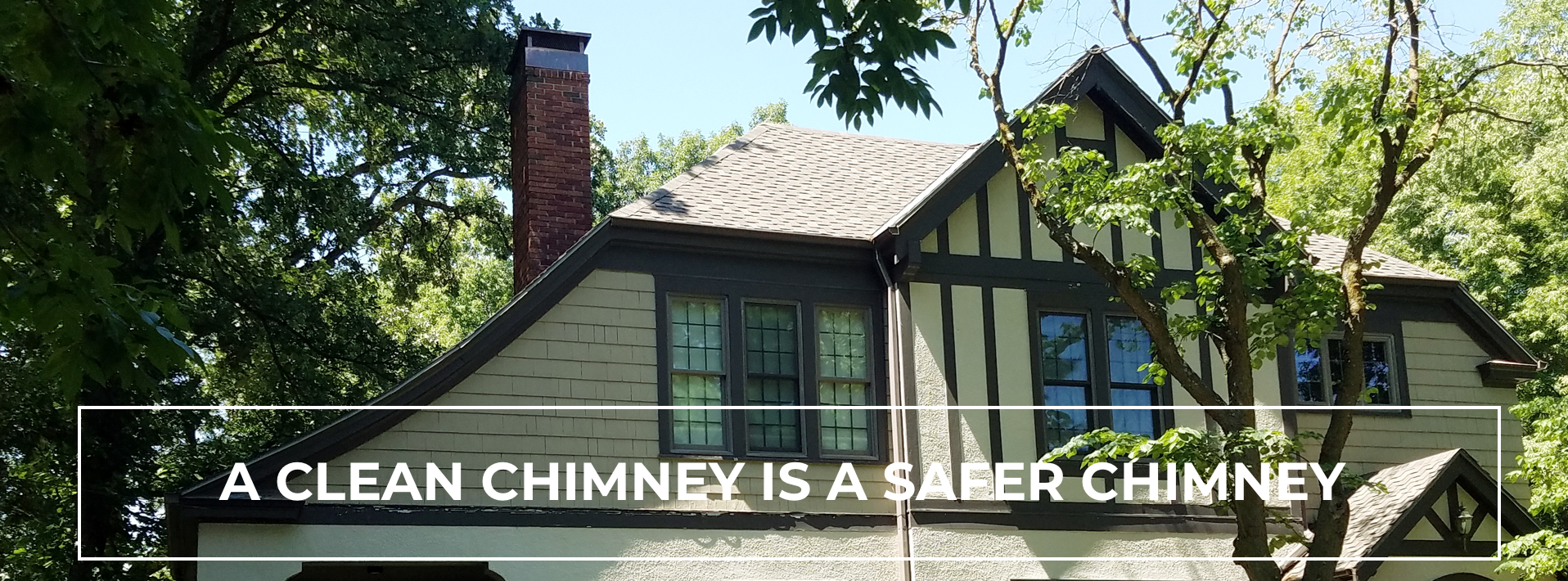
At Chimney Sweep LLC, our mission is to safeguard your home with a commitment to fire safety, expertise, and education. We strive to create an environment where cherished memories flourish within your home, offering peace of mind through meticulous chimney and fireplace services.
